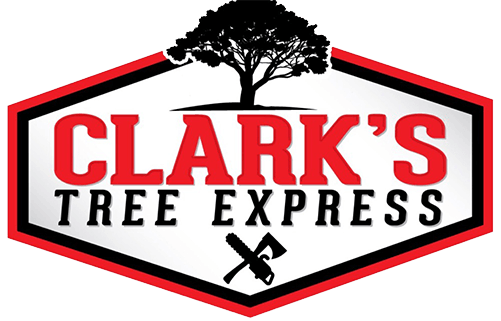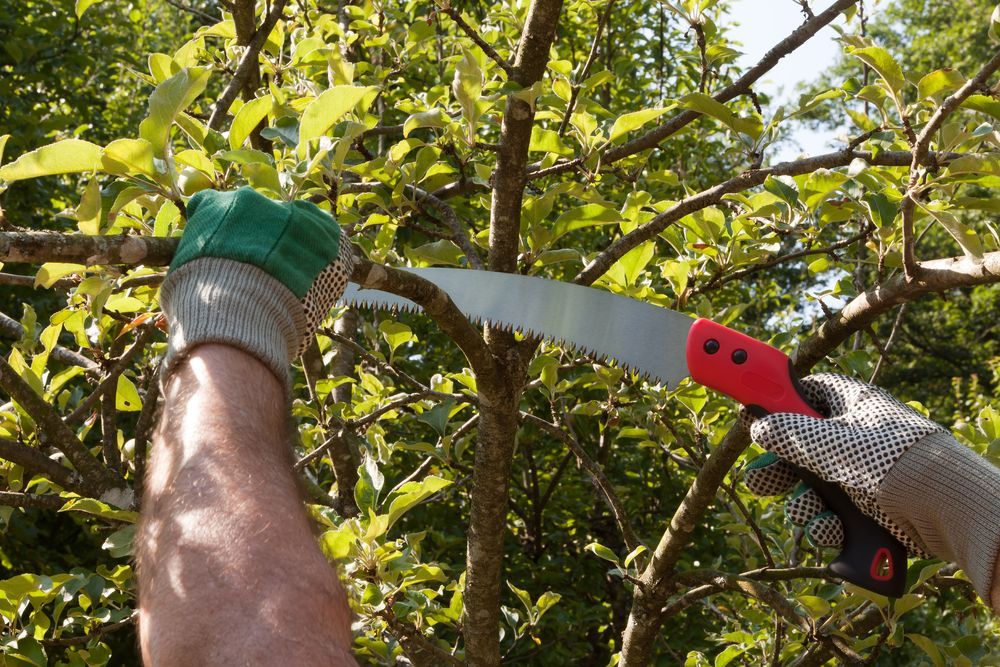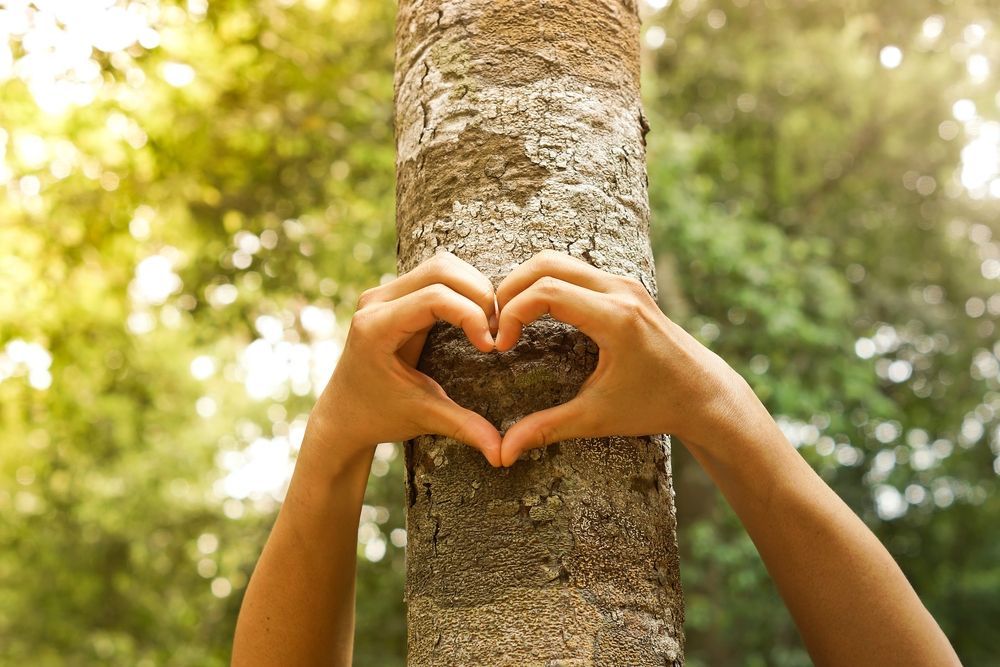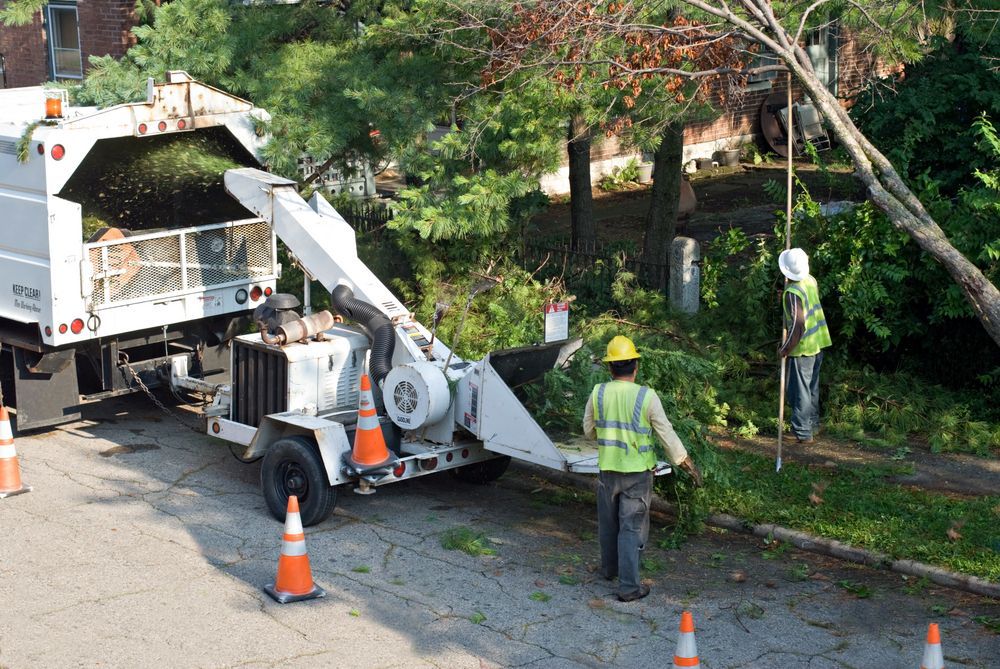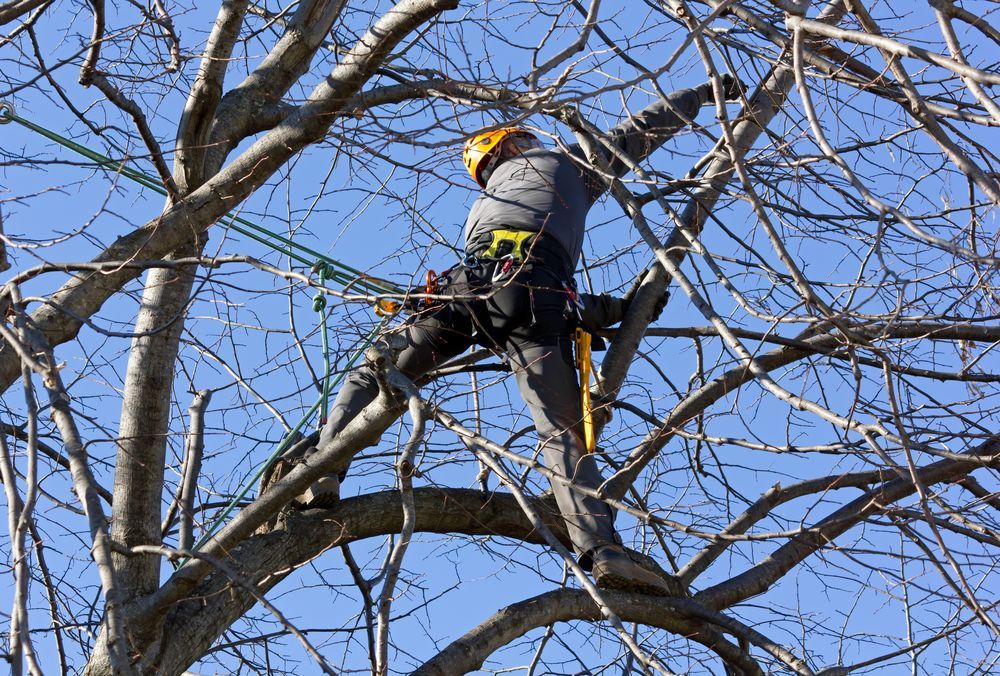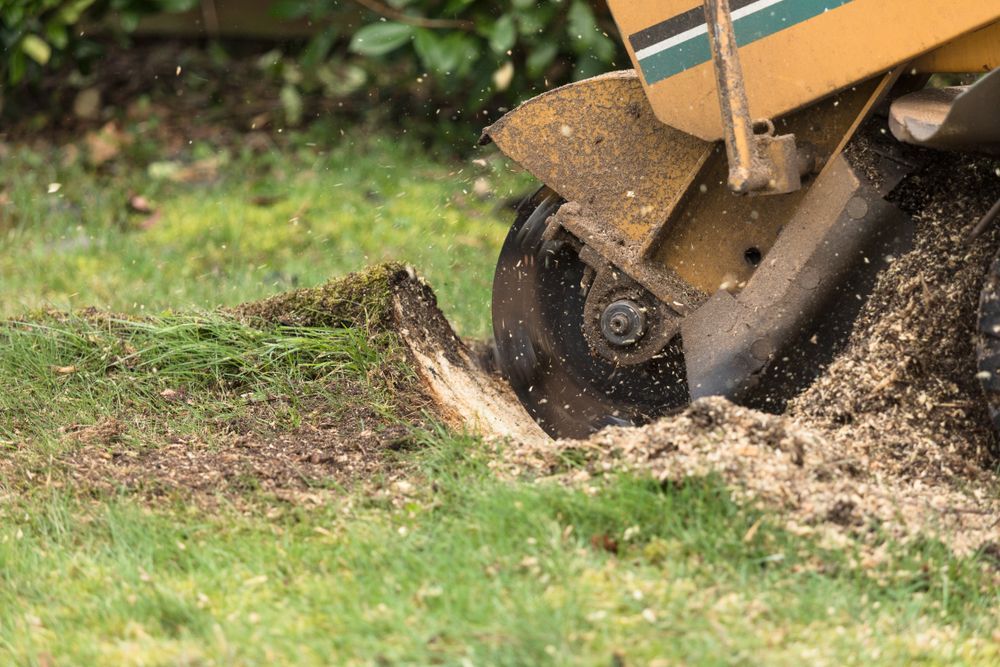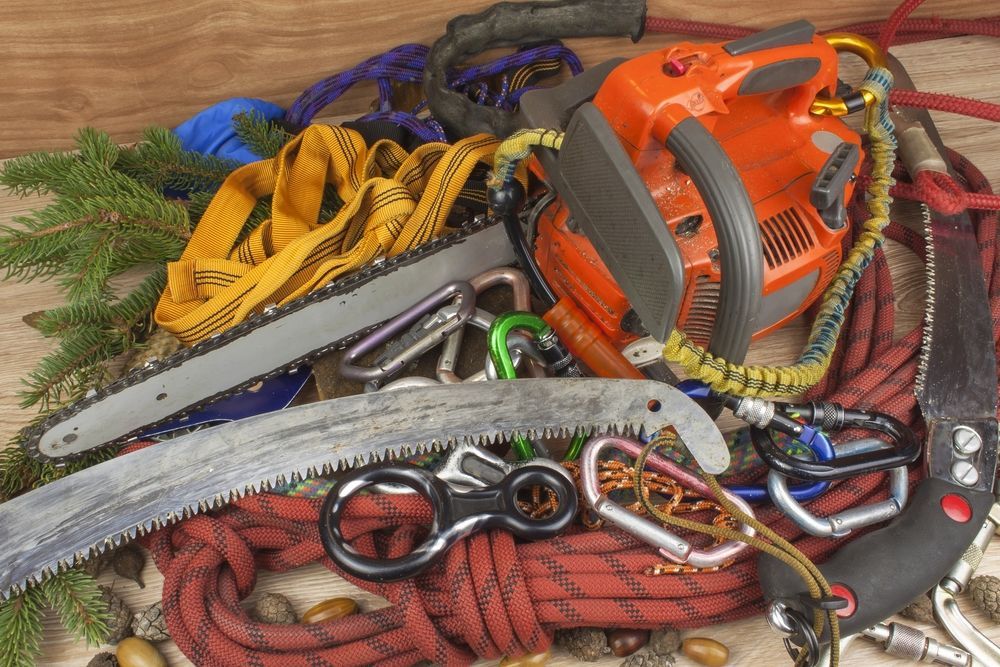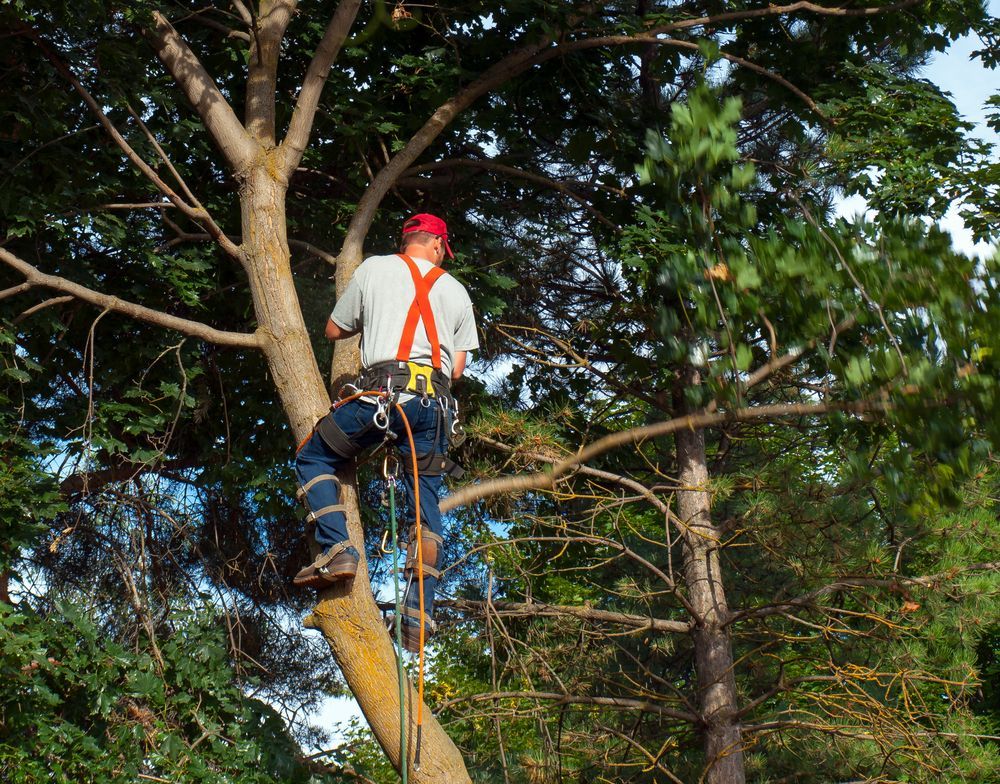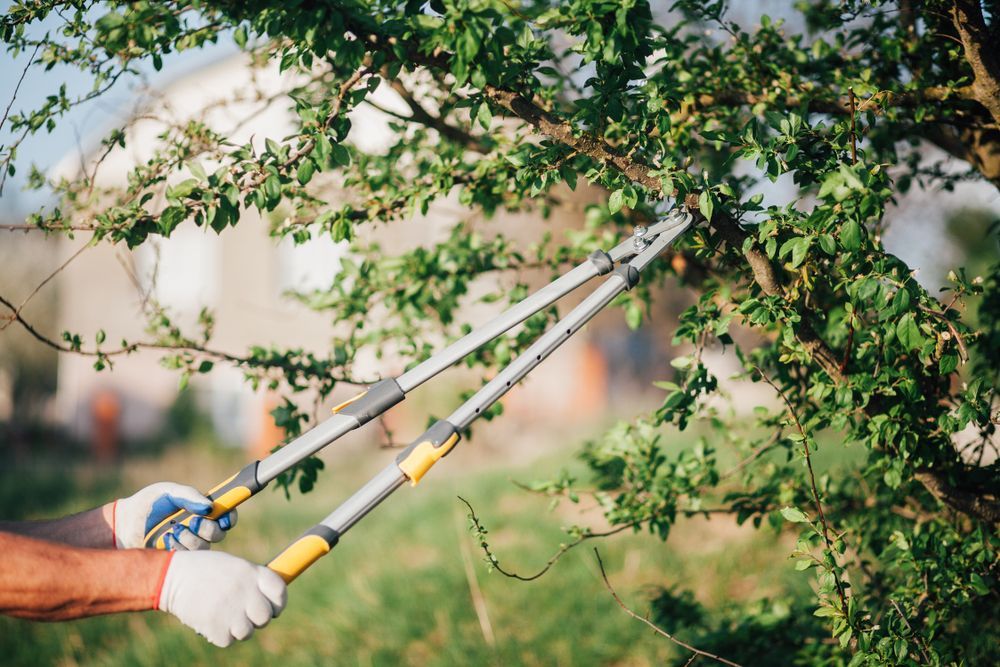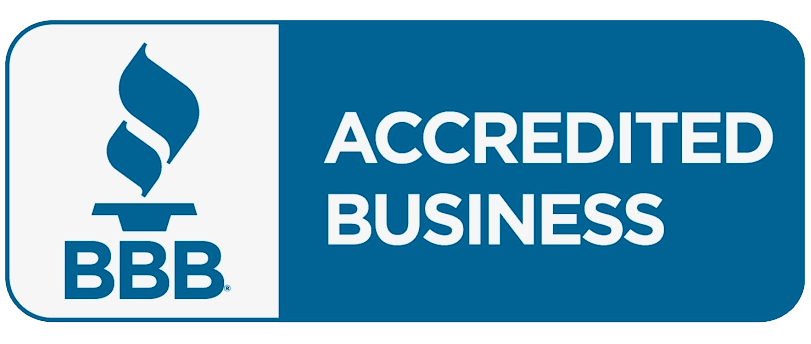How to Tell When a Tree Is a Safety Risk for Your Home in Huntersville, NC
Imagine waking up after a summer storm to find a large branch hanging over your driveway or a tree leaning closer to your home than it did yesterday. Situations like these are common in Huntersville, where strong winds and heavy rainfall can quickly turn a small tree issue into a serious hazard.

This guide explains how to recognize when a tree near your home might be unsafe, what signs to look for, and when to call a professional tree service before it becomes an emergency.
What Makes a Tree a Safety Risk
A tree becomes a safety risk when it’s structurally unstable, diseased, or weakened enough that it could fall or drop limbs, potentially causing injury or property damage.
Here are some of the most common risk factors:
- Structural defects – Cracks, splits, or cavities weaken the tree’s strength and stability.
- Excessive lean – A noticeable lean (especially one that’s worsening) often means root failure.
- Root damage – Mushrooms, soft soil, or decaying roots at the base can indicate instability.
- Dead or broken limbs – Large, dead branches can fall without warning, even in calm weather.
- Disease and pests – Fungal growth, holes, or sawdust-like residue can point to decay or infestation.
- Storm damage – High winds, lightning, or ice can cause hidden internal cracks or loosen roots.
If any of these conditions appear, your tree may already be compromised and should be evaluated by a professional arborist.
How to Assess Tree Risk Around Your Home
Taking the time to inspect your trees periodically can help prevent unexpected damage. Follow these steps for a basic safety check before calling in an expert.
Step 1: Observe from a distance
Stand back and view the tree as a whole. Look for tilting, dead sections, or areas where the canopy seems uneven. A lean greater than ten degrees, especially after storms, is a red flag.
Step 2: Inspect the trunk
Examine the bark and main trunk for cracks, cavities, or signs of decay. A hollow sound when tapped or missing bark can mean internal rot.
Step 3: Check branch unions
Focus on where major branches meet the trunk. V-shaped joints with deep splits are weak points and prone to failure under stress.
Step 4: Evaluate the base and roots
Look for lifting soil, exposed roots, or fungal growth around the base. These symptoms often mean the tree’s foundation has been compromised.
Step 5: Review canopy health
Dead or thinning branches at the top may indicate that the tree is dying from within. During growing season, all branches should have healthy leaves.
Step 6: Consider external stress factors
Recent yard work, construction, or heavy rainfall may disturb root systems. Trees under these conditions should be monitored closely or professionally inspected.
Common Questions About Tree Safety
- Can a tree look healthy and still be dangerous?
Yes. A tree can appear green and full but have internal decay or root damage that makes it structurally weak.
- How fast can a tree become a hazard?
Sometimes within weeks after a storm or pest attack. Other times, decline happens gradually over several years. Regular inspections are key.
- Should I trim or cut dangerous branches myself?
No. Attempting to remove large branches without proper equipment is risky. Certified tree professionals can do it safely without harming the tree or your property.
- What should I do if a tree leans after a storm?
Avoid standing near it and call a local tree expert immediately. A tree that suddenly leans or has exposed roots could fall at any time.
- How often should my trees be inspected?
At least once every two to three years, or annually if they are large, old, or close to your house. After major storms, an extra inspection is always smart.
Conclusion
Trees are an essential part of your home’s landscape — providing shade, beauty, and value. But when a tree becomes unstable or diseased, it can turn into a real hazard. By paying attention to warning signs like cracks, root damage, or heavy lean, you can act before a problem becomes dangerous.
If you’re in Huntersville or nearby areas and suspect a tree on your property may pose a risk, contact your
local tree service for a professional safety inspection or removal.
